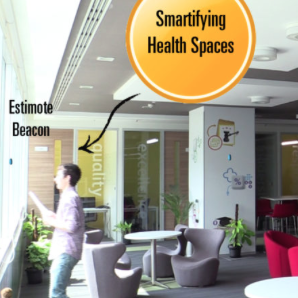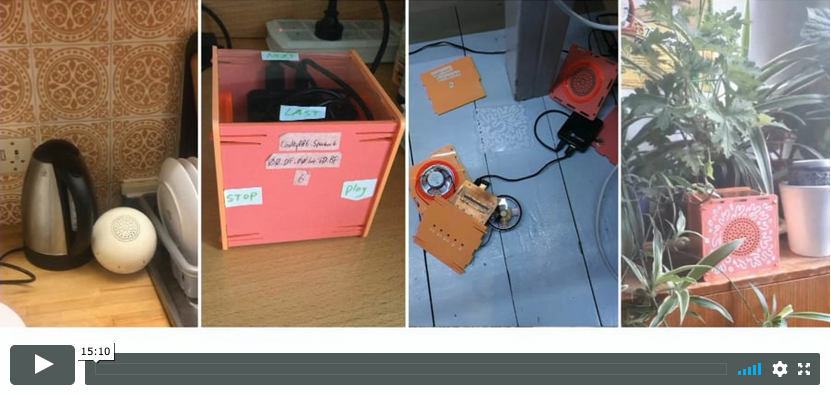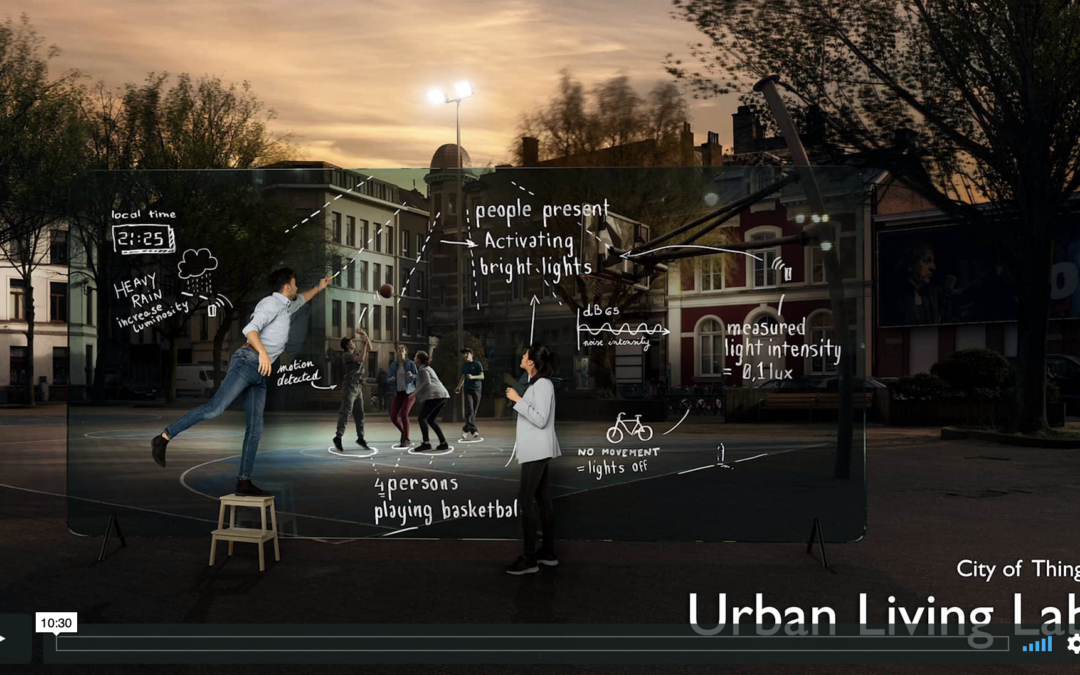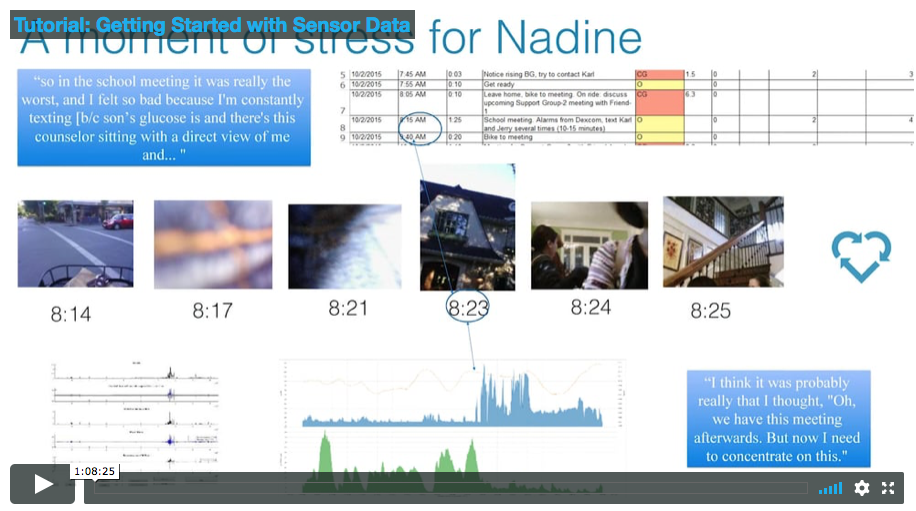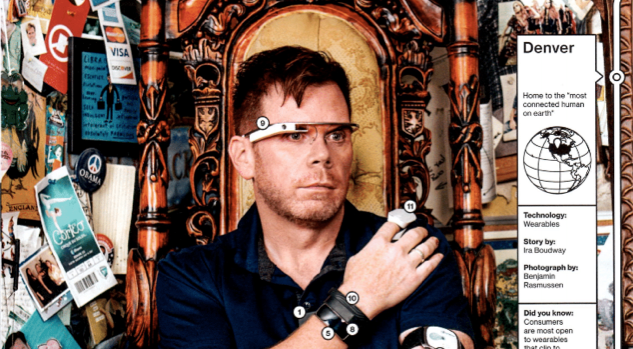Article 6 in the series Data, Design and Civics: Ethnographic Perspectives How must we conjure up smart spaces? ‘Smart city’ has become an over-indulged urban metaphor, whipping up an apparition of dispersed, highly networked and interconnected socio-economic, infrastructural and communication...
